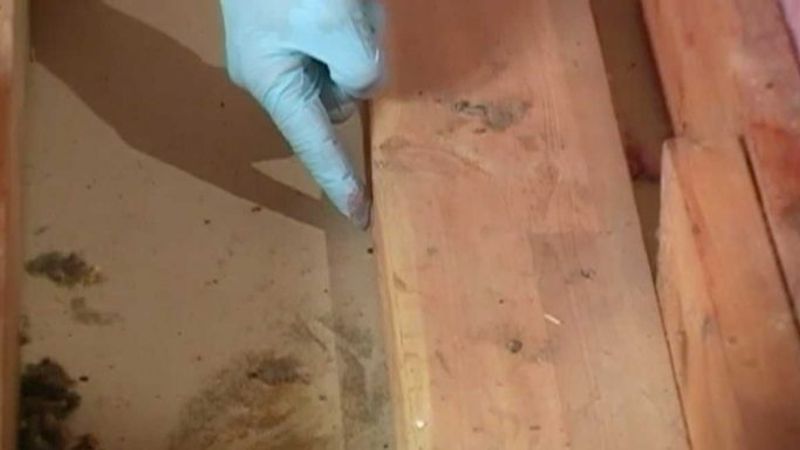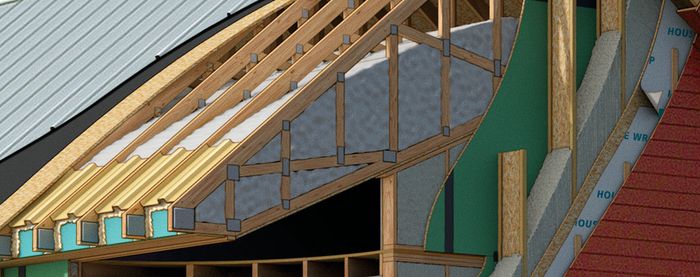Air-Seal an Attic Series: Sealing Wall Intersections
Get your finger ready—and some caulk, spray foam, or acoustical sealant—to seal the gap where the drywall meets the top plates.

Conditioned air moving through light switches and other wall penetrations can find its way into the attic too. Seal where the drywall meets the top plates to solve this problem.
Video Transcript:
Where the wall plates of interior partition walls come up to the bottom of the ceiling joist, we’ve got gaps between the drywall and the plates themselves, and those plates are going to run either perpendicular or parallel to the ceiling joists. Where we have it perpendicular, the wall plate you can see in the drywall. And over here, where we have it parallel, they put in 2×6 blocking that supports the ceiling drywall but sits on top of that top plate. There are slightly different approaches to sealing both of those situations.
Between the drywall and the top plate of the wall, we’ve got a few different choices of materials we can use to seal up. Probably the simplest and easiest is just a really good, high-quality caulking. You want something that’s elastomeric, which means that it’s stretchy after it seals up. I tend to go for something that’s a little less expensive but works just as well, which is an acoustical sealant. It usually comes in larger tubes, and you find it at commercial suppliers. The stuff is very sticky, and it doesn’t completely cure and that’s important. It’ll skin over, but it’ll stay sticky, stay adhesive, and be able to move with the materials as moisture, temperature and so on change the dynamics of the material.
Now, another choice would be a high-expansion or low-expansion spray foam. One of the challenges with this stuff is that it’s only good when you have a fairly large gap, about ¼ to ½ inch. It doesn’t work really well for these drywall-to-framing connections because the gaps are really small, maybe 1/8 inch, 1/16 inch. That’s why I tend to use the sealants and the caulking as opposed to the spray foam.
So for this sealing job, I’m going to use my favorite: the acoustical sealant. The stuff tends to be really messy to work with, so I’ve got gloves on. There’s nothing special to it; just get the tube tip in the gap and fill the joint. A little bit of that will ooze underneath. Seal that up. After I get the joints caulked, if I don’t think I’ve got complete contact between the sealant and the surfaces, I can just run my finger along with that glove on.
For a partition wall that runs parallel to the floor joist, there’s usually going to be some blocking in the ceiling. So, we’re not going to see the top plate of the framing. What we’ll do is we’ll seal that block to the drywall, and that’ll get almost all of the air leakage that’s going to occur. This is where a finger is going to come in handy, because all I can do is drop the bead close to the joint; I have to use my finger to push it in the crack.
OK! Air-tight. Ready to put the insulation back.
Videos in this series:


View Comments
Rat droppings?